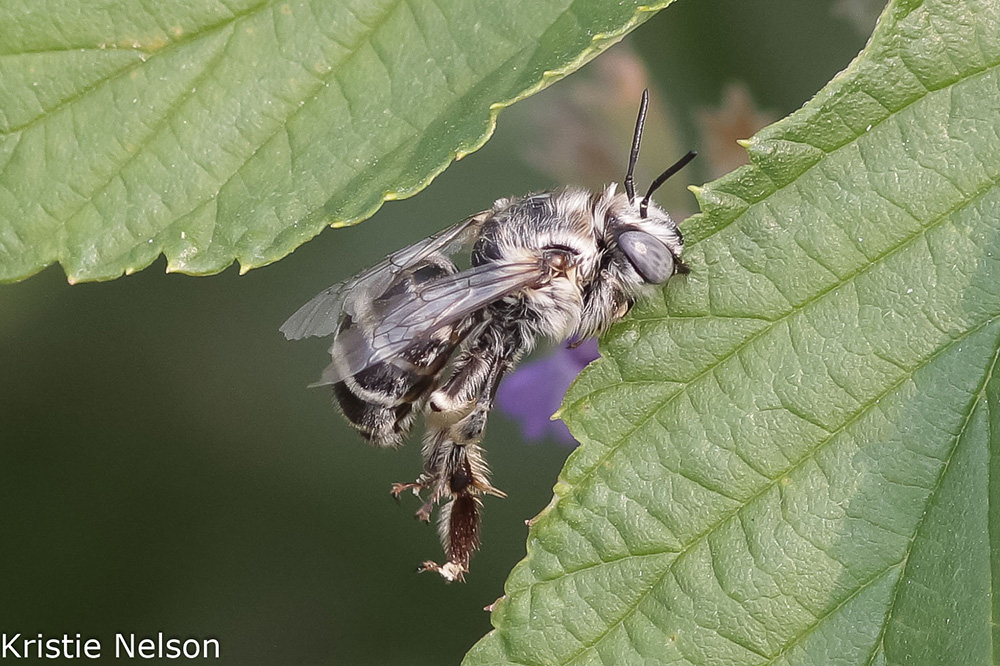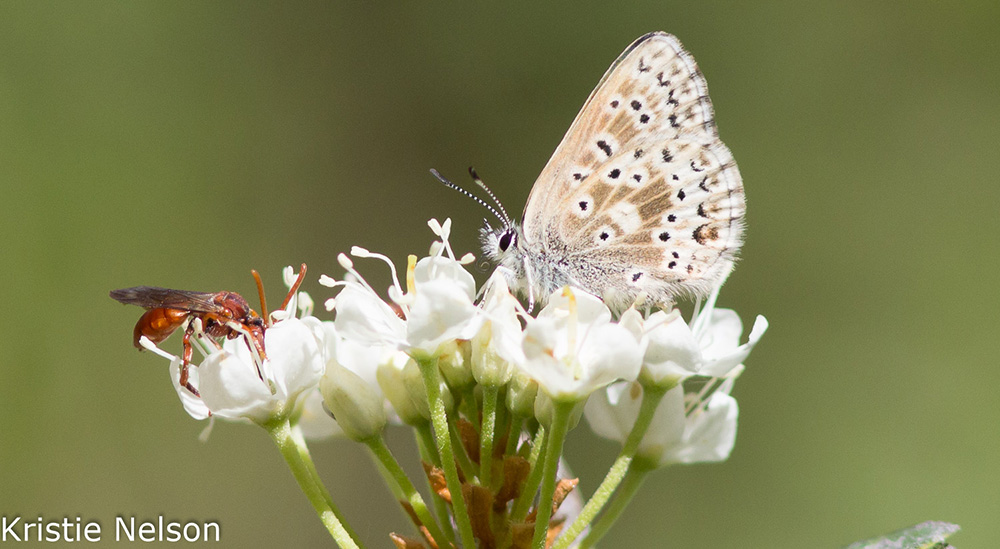
This post was written by Joslyn Rogers, 2018 Mono Lake Intern and 2018–2020 Project Specialist.
Join us on Wednesday, September 5 at 4:00pm in the Mono Lake Committee gallery for this week’s Refreshments with Refreshing ‘Ologists presentation. Kristie Nelson, Lead Scientist for Point Blue Conservation Science, will be here to discuss insects and their ability to conserve the planet.
Insects comprise over 80% of Earth’s organisms, yet relatively few people pay attention to them, and declining populations or localized extinctions risk not being noticed. For example, research has shown some formerly common North American bumble bees have become critically endangered or extinct within the past 20 years. Monarch butterflies are declining and have been proposed for endangered species status. Other insects may be diminishing, but there is little or no baseline data to track their population trends and compare those to historical abundance.

Much of our understanding of historic environmental conditions comes from casual observations. Examples include one-sentence descriptions of how passenger pigeons filled the sky, or that an observer counted 14 Willow Flycatchers between the Mono Inn and Tioga Lodge in 1916—both species are now extirpated, globally or locally. Casual observations can be of critical importance in tracking animal populations, especially when there is no other data available.
Lucky for us, it is incredibly easy to permanently archive natural history observations on websites. Even if you submit just a few observations, you may help create baseline data that is critical for tracking an insect population. You don’t even need to identify the species.
Plus, Kristie argues, it is really, really fun to look at insects—it will enrich your life. Kristie will give us an overview pollinator diversity, introduce us to basic types of common native bees, and discuss recent bee-related science, with a slideshow containing many beautiful photographs taken locally.

